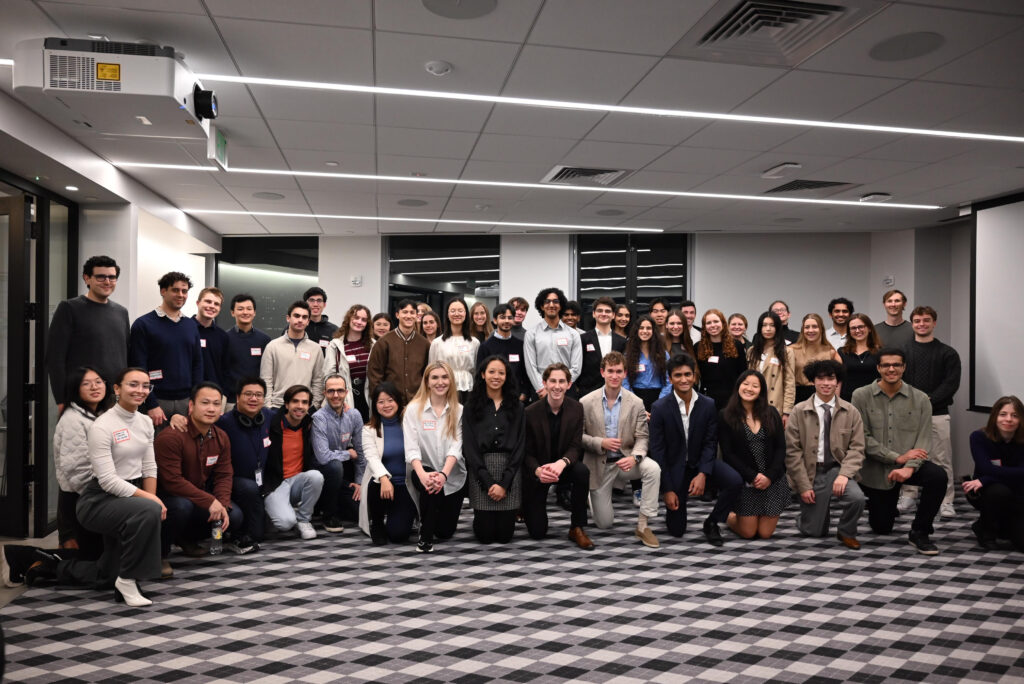“[…] adolescents and adults with SCD still experience higher rates of aging-related morbidity and early mortality.”
Imagine being 15 years old but having a body that shows signs of aging as if you are decades older. For some young people with sickle cell disease (SCD), this is a reality. A new study published in Volume 16, Issue 21 of Aging shows that SCD causes the body to age much faster than normal. The research not only explains why this happens but also points to new ways to help people with the disease live healthier, longer lives.
What Is Sickle Cell Disease?
SCD is a genetic condition that changes the shape of red blood cells. Instead of being round, like a doughnut, the cells become curved like a sickle (a farming tool). These misshapen cells struggle to move through blood vessels, often blocking blood flow and leading to pain, organ damage, and other health problems. Even with modern treatments, they can experience complications like those seen in older adults, such as weaker bones, frailty, and organ failure. In the study “Adolescents and young adults with sickle cell disease exhibit accelerated aging with elevated T-cell p16INK4a expression,” researchers wanted to understand why this happens and what it means for people with the disease.
The Study: Link Between Sickle Cell Disease and Aging
To understand the connection between SCD and accelerated aging, researchers from the University of North Carolina at Chapel Hill and their collaborators focused on a protein called p16INK4a, or simply p16. This protein builds up in cells as people age. High levels of p16 indicate that a person’s cells are aging faster than normal.
They measured p16 levels in 18 young people with SCD, aged 15 to 27, and compared them to 27 healthy individuals of the same age.
The Challenge: More Than a Genetic Disorder
Individuals with SCD often experience chronic inflammation, anemia, and physical stress due to their condition. These factors affect their immediate health but also trigger cellular changes that mimic aging, making it vital to explore potential therapies.
The Results: Sickle Cell Disease Patients Aged 43 Years Faster
The results were startling. Young people with SCD had significantly higher levels of p16 than their healthy peers, indicating that their bodies were biologically much older. On average, their p16 levels suggested an additional 43 years of biological aging. Even the youngest participant, a 15-year-old with SCD, had more p16 than anyone in the non-SCD group.
The Breakthrough: Targeting Cellular Aging for Better Outcomes
The study reveals why young people with SCD face age-related health problems much earlier than their peers. These findings highlight the urgent need for treatments targeting cellular aging. One promising area of research involves senolytics, drugs designed to remove senescent (“old”) cells from the body. By slowing the aging process, senolytics could significantly improve both the quality and length of life for SCD patients. Additionally, measuring p16 levels may serve as a valuable tool to identify high-risk patients and enable more personalized treatment strategies.
The Impact: Why These Findings Matter
These findings elucidate how SCD accelerates biological aging, significantly impacting quality of life and reducing healthy years. Understanding the role of cellular aging allows to redefine SCD care, moving from symptom management to addressing the causes of accelerated aging.
The impact of this study also extends to other chronic diseases by emphasizing the importance of targeting cellular aging markers. By focusing on cellular senescence, this research lays the groundwork for therapies that improve both lifespan and healthspan—the years of life spent in good health.
Future for Sickle Cell Disease Research
While this study is a crucial first step, further research is needed to confirm these findings and explore potential therapies. Larger studies with more diverse groups of SCD patients, as well as long-term follow-ups, will help deepen our understanding of how aging affects the disease and the effectiveness of new treatments like senolytics. Additionally, researchers are also investigating other markers of aging.
Conclusion
This study highlights the long-term impact of SCD on young patients, shedding light on how accelerated aging contributes to their health challenges. For many, these findings represent a future with better and more efficient treatments. By addressing the causes of accelerated aging, innovative therapies could significantly enhance the lives of individuals with SCD, potentially leading to healthier and longer lives.
Click here to read the full research paper in Aging.
—
Aging is indexed by PubMed/Medline (abbreviated as “Aging (Albany NY)”), PubMed Central, Web of Science: Science Citation Index Expanded (abbreviated as “Aging‐US” and listed in the Cell Biology and Geriatrics & Gerontology categories), Scopus (abbreviated as “Aging” and listed in the Cell Biology and Aging categories), Biological Abstracts, BIOSIS Previews, EMBASE, META (Chan Zuckerberg Initiative) (2018-2022), and Dimensions (Digital Science).
Click here to subscribe to Aging publication updates.
For media inquiries, please contact [email protected].

